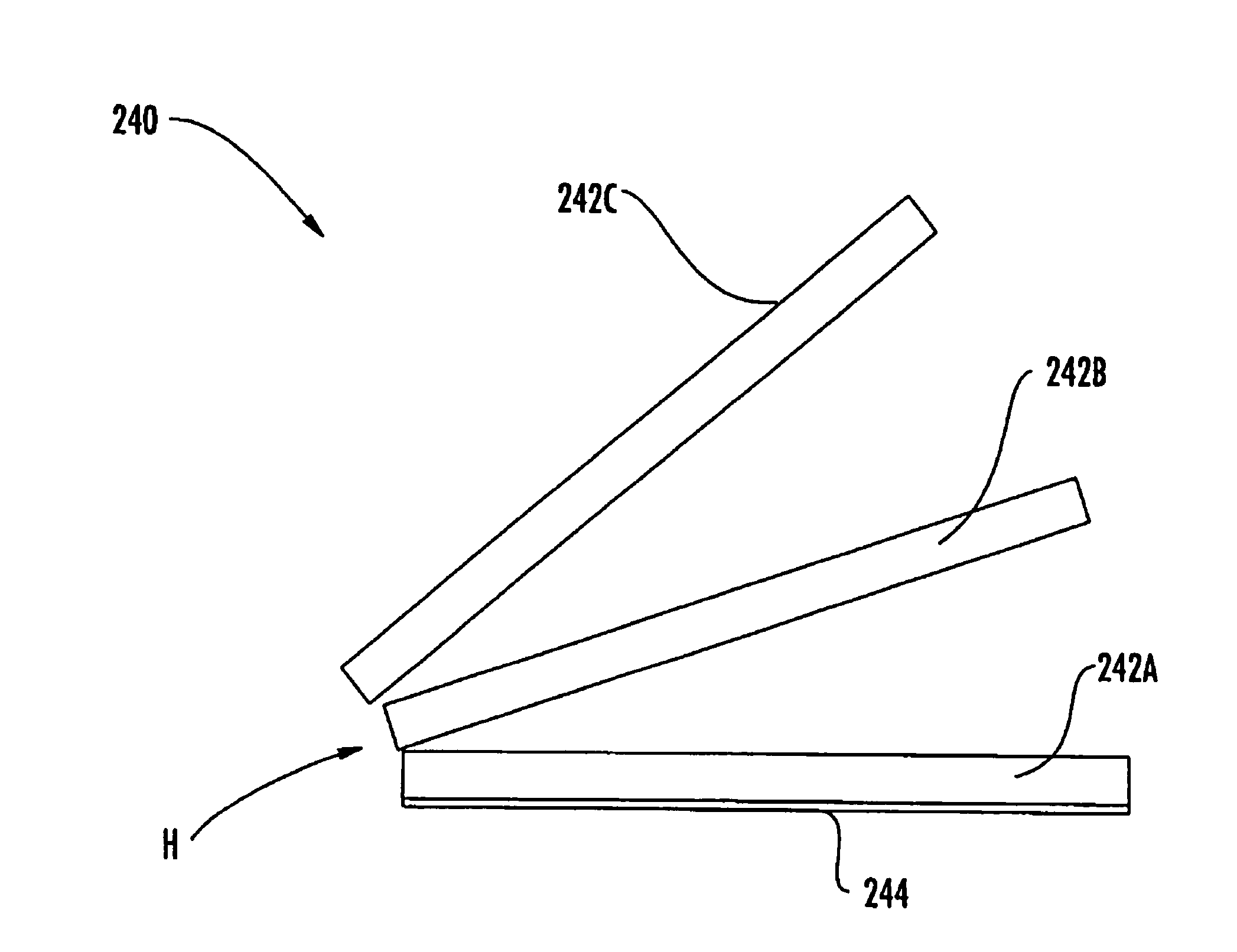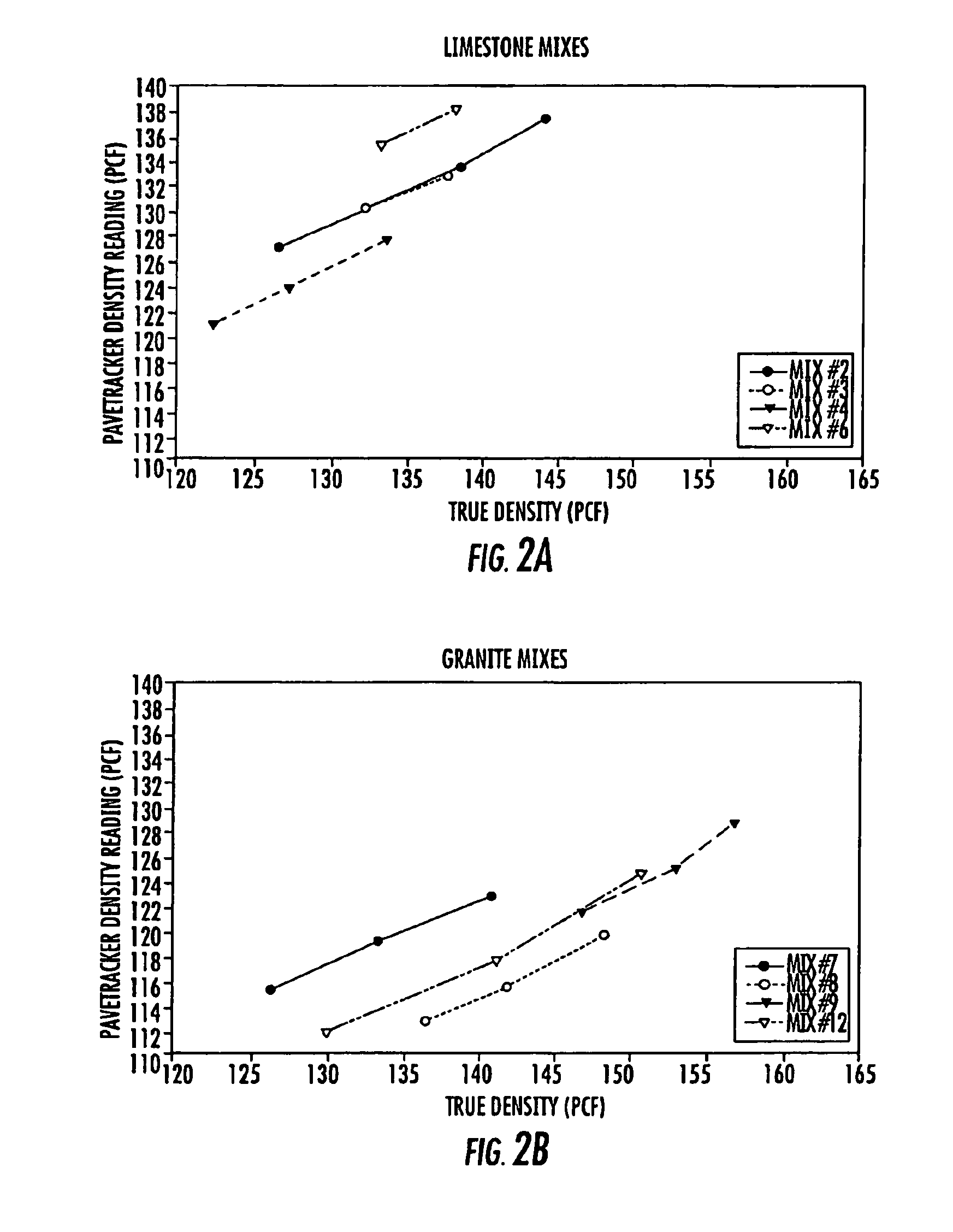Apparatuses and systems for density gauge calibration and reference emulation
a density gauge and reference emulation technology, applied in the direction of resistance/reactance/impedence, metal/alloy conductors, instruments, etc., can solve the problems of labor and time, and achieve the effect of reducing the size of typical reference standards, increasing the effective dielectric constant of standards, and small volum
- Summary
- Abstract
- Description
- Claims
- Application Information
AI Technical Summary
Benefits of technology
Problems solved by technology
Method used
Image
Examples
Embodiment Construction
Background of Artificial Dielectrics
[0062]Artificial dielectrics are basically large-scale models of a dipolar molecule, constructed by arranging conductors in a 3-D pattern. A lightweight binder of filler material such as polystyrene supports the conductors. The result is a manmade material that simulates an ordinary dielectric material with a dipole moment. The combined effect of all the individual conductors of the lattice is to produce a net dipole polarization P per unit volume. Artificial dielectrics are discussed extensively in the art, such as by W. E. Kock in “Metallic Delay Lines,”Bell System Technical Journal, vol. 27, pp. 58-82 (1948) and by Robert E. Collin in “Field Theory of Guided Waves,” Second Edition, IEEE Press (1991).
[0063]As shown in FIG. 5 (Collin), there are many shapes of conductors that one can use for artificial dielectrics, such as disks, needles, spheres, cylinders, etc. incorporated into a matrix. FIG. 5A illustrates a three-dimensional sphere medium; F...
PUM
 Login to View More
Login to View More Abstract
Description
Claims
Application Information
 Login to View More
Login to View More - R&D
- Intellectual Property
- Life Sciences
- Materials
- Tech Scout
- Unparalleled Data Quality
- Higher Quality Content
- 60% Fewer Hallucinations
Browse by: Latest US Patents, China's latest patents, Technical Efficacy Thesaurus, Application Domain, Technology Topic, Popular Technical Reports.
© 2025 PatSnap. All rights reserved.Legal|Privacy policy|Modern Slavery Act Transparency Statement|Sitemap|About US| Contact US: help@patsnap.com



